Until the 31st December 2020, to operate a drone 'commercially' in the UK, you MUST have a Permission for Commercial Operation ( PfCO ) from the UK Civil Aviation Authority ( UK CAA ).
[This article has been updated on 30.04.2020 to reflect the delay to the implementation of the EU UAS Regulation package to 31st December 2020]
Under the present PfCO system, you must complete a drone training course with a CAA Approved Drone Training School such as UAVHUB. This drone training course will consist of 3 elements:
- A classroom based drone training course, which concludes with you sitting a (fairly simple!) CAA drone theory examination
- The completion of a UK CAA Drone Operations Manual
- A practical Drone Flight Test ( we call this your 'Operational Evaluation', here at UAVHUB)
Once you've completed all 3 of the elements required for the PfCO Drone Qualification Course, you'll receive the paperwork you need which you'll use to apply to the CAA for your Drone Permission.
It's probably useful to note that there's no such thing as a 'Drone License' in the UK at the moment - but everyone tends to refer to the PfCO as a 'license'... There are some legal differences between a license and a permission but, to be honest - there's no point fighting the masses, the term 'license' seems to make sense to most people so that's probably the easiest term to use! :)
Total Read Time: ~4 minutes
What changes are being made to the Drone License in December 2020?
This is where things get quite interesting... The drone regulations are changing on the 31st December 2020 and the CAA are removing the requirement to hold a PfCO to conduct commercial operations with a drone.
So, technically, when the regulations do change, you'll be able to fly your drone and make money from it without having to do any formal training at all!
Whilst this may seem like a massive win (and we think it is, for the industry as a whole), there are a few things to be aware of.
You can only operate a drone in certain parts of the 'Open Category' if you haven't done any training (apart from the CAA Drone and Model Aircraft Registartion and Education Service) and don't hold and formal qualifications. This means you'll need to stay 150 metres away from 'built up areas' at all times and more than 50 metres away from uninvolved persons with most drones.
If you want to get closer to uninvolved people, or you want to fly in built-up areas, you'll need to get a certain type of drone and a certain type of drone 'licence', depending on what you want to do, where you want to fly and how close you want to get to uninvolved people.
What are the new UK Drone Licenses, from November 1st 2020?
From the 31st December 2020, you will operate your drone in one of 3 different categories... You'll either be flying in the:
- Open Category (Greater separation distances but lower regulation & training requirement)
- Specific Category (Reduced separation distances but more regulated and greater training requirement)
- Certified Category (For specific types of operations - like Amazon wanting to fly Beyond Visual Line Of Sight (BVLOS), over congested areas)
Consequently, there will effectively be 3 different types of 'license' available, which we'll take a quick look at below.
UK Drone License Requirements to fly a drone in the Open Category
If you want to fly a drone in the open category, and can stay 150 metres away from built-up areas and 50 metres away from uninvolved people, you can fly a drone which weighs less than 25 Kg without any license or qualification (apart from the CAA DAMARES).
There are subcategories within the Open Category though, which allow you to get closer to uninvolved people if you have certain types of drone or have a certain qualification. We'll be covering all these in more detail in future blogs, so make sure you subscribe to get all the ins-and-outs of the new system!
The big subcategory in the Open Category, which people are rightly getting very excited about is the 'A2 Subcategory', which will allow people to fly C2 certified drones (when the manufacturers create and release them) down to just 5 metres away from uninvolved people in a 'low-speed' mode and 30 metres of uninvolved people in their 'normal' speed mode.
To fly in this category, the Remote Pilot will have to complete an A2 Certificate of Competency ( A2 CofC ) course with a CAA Approved Drone Training Company ( now to be known as a Recognised Assessment Entity [ RAE ] such as UAVHUB).
The CAA A2 C of C drone training course consists of a couple of elements but is much less involved than the traditional CAA PfCO Drone Training Course and doesn't require an annual payment to the CAA - once you have your A2 Certificate of Competence from the RAE / Drone Training School you've chosen, it lasts for 5 years. You'll then need to return to a Recognised Assessment Entity, to do a refresher course and renew your A2 Certificate directly with them.
UK Drone License Requirements to fly a drone in the Specific Category
To fly a drone in the specific category and be able to fly closer to uninvolved people, with heavier drones than you can in the Open Category (where the risk of your drone flying operation to persons and property is higher) you need to complete a training course and get a permission (often referred to as the 'drone license') from the UK CAA.
The route to getting this permission is very similar to the legacy Permission for Commercial Operation (PfCO) process, but the fundamental concepts are slightly different and flights are now categorised on a 'risk' basis, rather than being operated solely in accordance with a permission issued by the CAA.
The new Drone Training Course which allows you to operate a drone in the Specific Category is the CAA General Visual Line of Sight Certificate or 'GVC'. You'll be issued with your GVC when you successfully complete a drone training course with an RAE ( like UAVHUB - the UK's FIRST CAA Recognised Assessment Entity ) and you'll use this GVC to apply to the CAA to get your 'license'.
UK Drone License Requirements to fly a drone in the Certified Category
If you want to do weird and wonderful things with a drone; such as flying drones which weigh more than 25 Kg, or flying delivery drones miles away from a 'home-base', then you'll need to have an official 'drone license' in order to do this.
This process hasn't been fully confirmed by the UK CAA at the time of writing but it looks as thought it'll come in the form of the 'Light Unmanned Pilot Certificate' or 'LUC'.
It is anticipated that this qualification will be very similar to a 'proper' pilot's license and will actually be a 'license', which the individual will hold, that will allow them to exercise it's privileges... We'll bring you more on this as and when the CAA firm up on this process!
Conclusion
There's actually no official 'Drone License' in the UK at the moment; the Drone Operator is issued with a certificate or permission from their Drone Training Company and/or the UK CAA.
It's these permissions and certificates which people tend to call a 'Drone License' (which is probably the easiest way for most people to understand it! :) ).
The drone licensing and training requirements are going to change significantly in the UK during 2020 and it'll be very interesting to see how these changes impact the 'commercial' drone industry.
The Drone Licenses you'll need, to operate in the new Drone Categories are as follows:
- Open Category - DMARES only - No additional requirements unless you want to operate in a subcategory
- A2 Subcategory (Close to People) - CAA A2 Certificate of Competency
- Specific Category - DMARES + CAA General Visual line of sight Certificate 'GVC'
- Certified Category - DMARES + LUC + Certified Drone/Unmanned Aircraft
For all drone operations, it's important to remember that you must have completed the UK Drone Registration Process ( DMARES ) if you want to fly a drone with a camera on it and you MUST have commercial insurance in place if you intend to fly a drone for commercial purposes.
If you have any questions or want to know more just drop us a line on 0800 033 4400 or send an email to us at: hello@uavhub.com and we'll be happy to help out!




